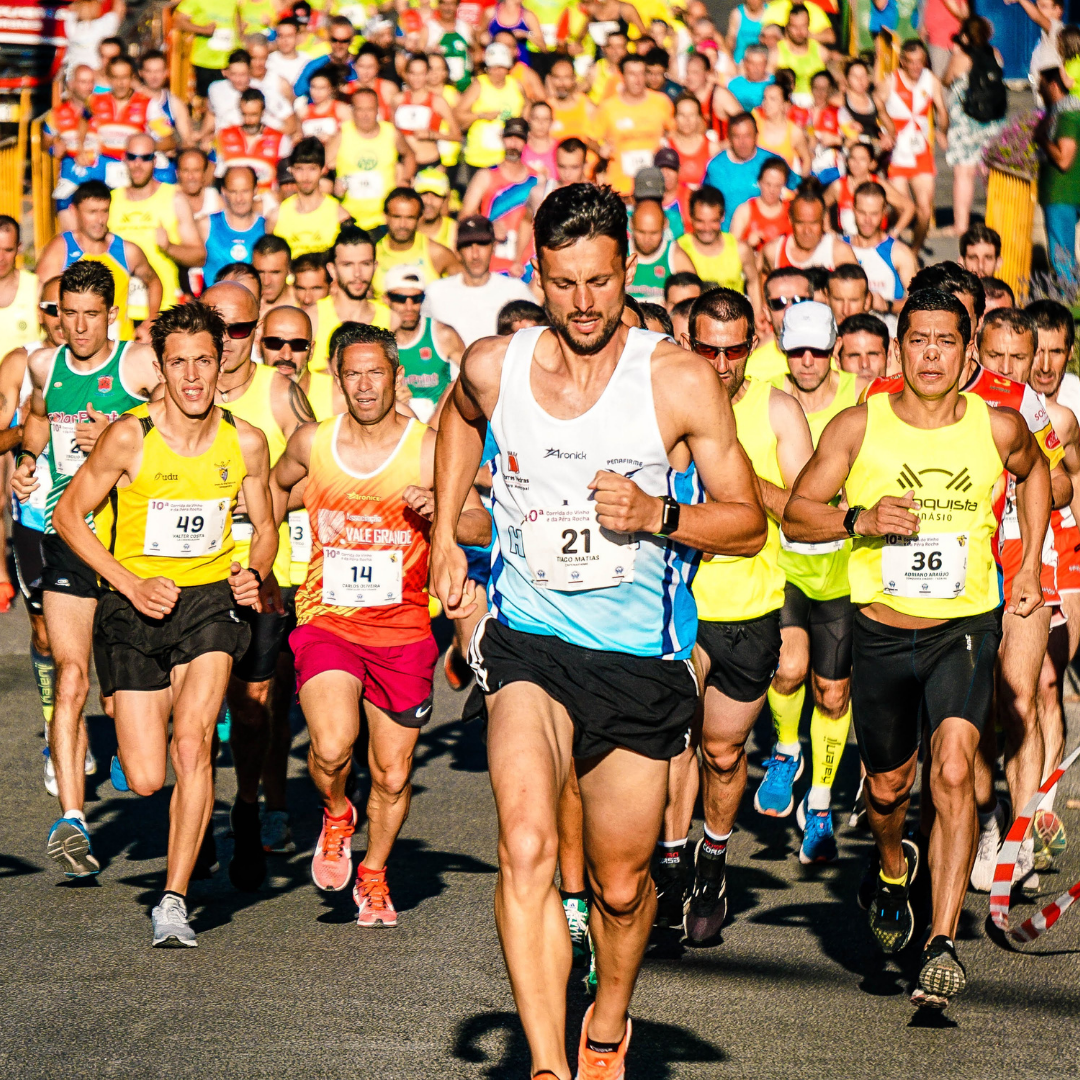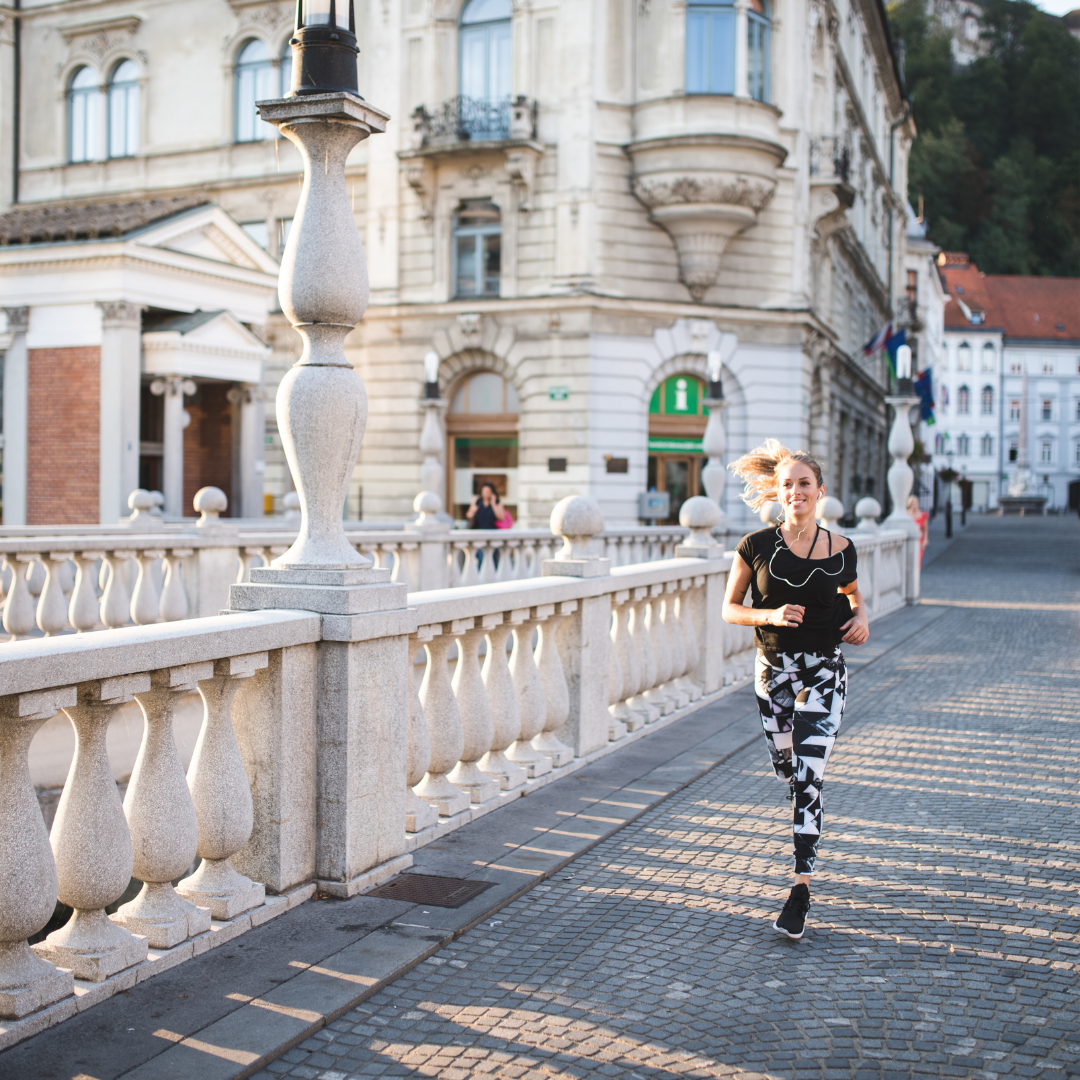
Running And Tight Calves
- 01 Jul, 2021
What causes tight calves when running?
“When running my calves are tight” I hear you ask.
You’ve tried stretching, foam rolling and massage but it only seems like a temporary fix? You’re correct in thinking this.
We know that static stretching can temporarily increase a joint range of motion, but doesn’t actually changed the muscle or tendon properties. Stretching works to increase joint range of motion by changing our brains tolerance to the stretch sensation.
A tight muscle is a fatigued muscle. It is not tolerating the load that’s placed through it. Fatigue can occur through overload (running too many km’s/miles, increasing speed, hills), muscle weakness and/or improper biomechanics.
There are two main factors here to overcome calf “tightness”
- Gradual Increments in training load (stay within 10-25% increments of training load per week)
- Strengthening your calves
Two of the main calf muscles used in running are the gastrocnemius and the soleus.
The gastrocnemius has two heads and forms the “bulk” of your calf. It crosses over the knee joint.
The soleus is the deeper muscle that runs directly behind the knee down to the ankle. The soleus takes 6-8x your body weight when you run and plays a major role in forward propulsion. Both the gastrocnemius and the soleus join to form the Achilles tendon which inserts onto the calcaneus, our heel bone.
How do I strengthen my calves for running?
The easiest way to strengthen your calves are performing calf raises and bent knee calf raises.
Calf raises target all the calf muscles that help to plantarflex your ankle (Gastrocnemius, Soleus, Tibialis Posterior, Peroneal and Soleus to name a few), whereas the bent knee calf raises take the gastrocnemius off stretch, as it crosses the knee joint. This will help preference the Soleus.
Try 3x12 and perform 2-3x times weekly. To increase the challenge perform over the edge of a step as this will increase the movement range of motion and eccentric loading (load placed through the muscle as it’s lengthening).
Not only will this help prevent tight calves for running, but also will help prevent against a range of lower limb injuries including Achilles Tendinopathy, Medial Tibial Stress Syndrome (shin splints) and Plantar Fasciopathy.
Recent Posts
An Analysis of Marathon Racing
- 29 Apr, 2023
5 Common Strength Training Mistakes Runners Make
- 11 Jan, 2023
A Runners Guide to Patellar Tendinopathy
- 07 Jan, 2023
Preventing Bone Stress Injuries in Runners
- 29 Aug, 2021
Previous Post
Dealing With Race Cancellations
Next Post
Increasing Cadence by 10%
Recent Posts
An Analysis of Marathon Racing
- 29 Apr, 2023
5 Common Strength Training Mistakes Runners Make
- 11 Jan, 2023
A Runners Guide to Patellar Tendinopathy
- 07 Jan, 2023
Preventing Bone Stress Injuries in Runners
- 29 Aug, 2021






